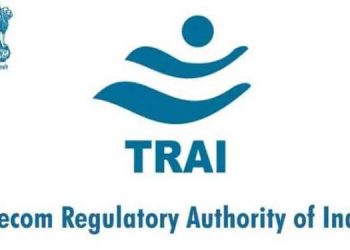Mumbai: WARC, the global authority on marketing effectiveness, has unveiled The Pace Principle, a landmark research study that provides concrete evidence on how to deliver growth in dynamic Asian markets by balancing short-term performance marketing with long-term brand-building efforts.
The study, drawn from over 150 case studies and expert insights across Southeast Asia, Greater China, and India, breaks the stereotype that Asia’s rapid market dynamics make brand-building irrelevant. Instead, it introduces a dual-pace framework—”Sprint” for short-term wins and “Long-distance” for sustained growth—recommending an equal investment in both to optimise impact.

“In a highly pressurised, fast-changing and competitive atmosphere, a ‘sprint’ mindset that focuses on short-term wins is understandable, but growth is hard after maxing ‘easy’ wins,” said Rica Facundo, Managing Editor, WARC APAC. “To win, brands need to be able to operate at both levels of pace by layering in brand-led advertising to supercharge performance and unlock more value. This enables brands to not only run faster, but further.”
The research debunks three key myths: that speed diminishes effectiveness, that short-termism is inevitable, and that brand-building yields only long-term results.

“Brand building has an image problem in Asia,” said Andreas Krasser, CEO, DDB Group Hong Kong. “It’s seen as slow, outdated, and out of sync with the region’s relentless pace. Many still associate it with big-budget TV spots, high spend with low tangible returns, and a distraction from performance goals. Even when the brief says ‘brand,’ the KPIs scream performance.”
Key strategies from The Pace Principle include:

The study shows that campaigns with a 50:50 brand-to-performance split outperform those that prioritise performance alone—even in terms of instant impact. “It’s not ‘brand + performance’, but ‘brand x performance’,” the report states, highlighting the multiplier effect of dual-pace investment.

Campaigns that demonstrate cultural alignment and shared values with audiences are twice as effective. However, the need for speed often deprioritises deep cultural insights.

“When culture is an unequivocal cornerstone of Asia’s consumer landscape, a ‘culture-first’ marketing approach cannot afford to remain a catchphrase,” said Shilpa Sinha, Chief Strategy Officer, McCann Worldgroup, APAC. “It needs to become a creed for any brand aiming to win in this thriving region.”

Campaigns of 1–4 weeks in duration had four times stronger business effects when measured over a month post-campaign, proving the delayed but substantial value of brand-building efforts.

Effective campaigns in Asia run on an average of 6.5 channels, leveraging a mix of media touchpoints for increased exposure and resonance. The study notes that influencer-led campaigns alone underperform, but are 1.5x more effective when paired with traditional media like TV.
The Pace Principle is supported by data and submissions from leading agencies including BBDO India, BBH Singapore, DDB Group Hong Kong, McCann Worldgroup APAC, TBWA\Asia, and others. It serves as the Asian companion to WARC’s US-based The Multiplier Effect, adapting global effectiveness frameworks to Asia’s unique cultural and business contexts.
A sample of the report is available now. The full version, exclusive to WARC members, includes case studies, frameworks, charts, and strategic recommendations. Accompanying podcasts will be released on April 10 and April 17.

















